Find the link up to the Quarter 1 Finish Along HERE or on any of the other hosts blogs.
*Warning this is an extremely long blog post.*
The photo below is the new version (un-quilted) made specifically so I could write up the pattern for you guys. The fabrics used for this version are by Miriam Bos for Birch fabrics and is named Wild Land. I also used a variety of solids, mostly Kona. Are you guys ready? Below you will find the tutorial on how to make this quilt and if you aren't interested in making the quilt, in the tutorial are detailed instructions on how to sew together 60 degree triangles and that can be used in a variety of applications. So hopefully you will find something useful.
Tipi Quilt Specifications and Fabric Requirements
Quilt Size - Wall Hanging or Baby/Toddler Quilt measuring roughly 36" x 42.5"
Fabric Requirements - Fat Quarters or 1/4 Yard Cuts
10 Busy or Focal Prints, if you use less plan to have duplicates.
15 Solids and Less Busy (optimally prints that are not directional), if you use less plan to have duplicates.
1 Background Fabric, either a solid or a blender.
In the photo below you can see I've separated the prints into two groups, less busy prints and focal/busy prints. The focal prints will be large triangles that will be fussy cut to feature specific images (like the little Native American girl.) On the "less busy" side I decided to add in a good handful of solids to break up all the prints (so it isn't crazy time carnival quilt) and by adding solids it gives the eye movement and you can appreciate the designs more.
I didn't separate it from the group below, but you will also need a background fabric. This print or solid will be used along the edges, top and bottom of the quilt. It will fill in the gaps created from the "tipi" shape and the large triangles. In this quilt I chose the dark navy blue solid below as my background print.
Once you have decided on fabrics and divided them into three groups (large triangles, small triangles or tipi shape and the background) you are ready to get started.
Cutting Instructions
This is a Fat Quarter (FQ) friendly pattern, but you can also use 1/4 yard cuts. The directions below are for cutting from Fat Quarters.
Large Triangles (that will be fussy cut) - 10 Prints
Cut a 9" strip.
Large Triangle "Tips" - 2 Prints, duplicates of the 10 above.
Cut a 4.75" strip or you can use scraps, you only need one triangle.
Small Triangles - 15 Prints or Solids
Cut 2 - 4.75" strips along the 18" side of the Fat Quarter. If the print will be duplicated, cut 3 strips.
Background - 1 Print or Solid
Cut 2 - 4.75" strips.
A quick note - these cutting instructions do produce some scraps, it's inevitable, but I have tried to reduce the amount of waste or scraps as much as possible.
Step One - Cutting out the Triangles
If you will be duplicating this print, then cut 16 small triangles from the 3 strips of fabric. Continue cutting all the small triangles from the 15 assorted prints and solids.
You also need to cut 2 large triangle "tips" from these busy focal prints. Using either drop from above or scraps, cut 2 different 4.75" strips and cut a triangle from each, once again maintaining the triangle tip on the bottom and the base on the top of the strip. These two tips will be on the very top row of your quilt.
10 Large Triangles
2 Large Triangle Tips
15 Sets of 8 Small Triangles
12 Background Edge/Side Triangles
13 Background Triangles
I honestly feel that once I've reached this point, the hardest part is over, so pat yourself on the back and get ready to sew.
Step Two - Basic Assembly and Design Layout
First layout the 8 triangles in the formation to the left. We will be sewing the second row of three triangles together and then the bottom row into two groups of two. Easy peasy!
1. Lay two triangles right sides together on top of each other. Stitch a 1/4" seam. I find you can use either a scant seam or a full 1/4", it doesn't matter as long as you do the same thing for the entire quilt.
2. Press the seam open. PRESS don't iron. So carefully open the seam with your fingers and place the iron down and don't move it back and forth. You don't want to stretch these bias seams.
3. Now take a third triangle and put it right sides together on either side, I did mine to the left. Because you kept those points, you will see that it is easy to line it up. Just match both the points at the top and bottom. Stitch 1/4" seam. After this seam you will trim that one little point that is sticking out as indicated in the photo. Trim only this point.
4. Press this seam open.
5. This is what the back should look like. You still have points sticking out on the top and bottom of the grouping and this is good.
Now repeat this three grouping for all 15 colors/prints of the small triangles and then sew together two groupings of two. Chain piece all of this and it goes together so quickly.
Now it's time to play!
Start by laying out 5 sets of the small triangles in the "tipi" shape, which is dead center above. See why I had you sew things together, so much easier to move around chunks instead of individual triangles. Next layout the 10 large triangles with the points at the very bottom of the "tipi." This will create a missing row at the very top and this is where the 2 large triangle tips come in. Put those down and then add in the background triangles that you have sewn together.
Now let's sew this baby together!
Step Three - Quilt Assembly
Continue sewing all of your two row "tipi" units together. Once that is complete it will be time to sew those units to the large triangles.
Now continue sewing all of your two rows together until you have five large rows.
Now let's finish this quilt up!
Congratulations you have a finished Tipi Quilt!
If you need any help with the pattern, don't hesitate to contact me. Thanks for joining me today and I hope you enjoyed the pattern and tutorial.
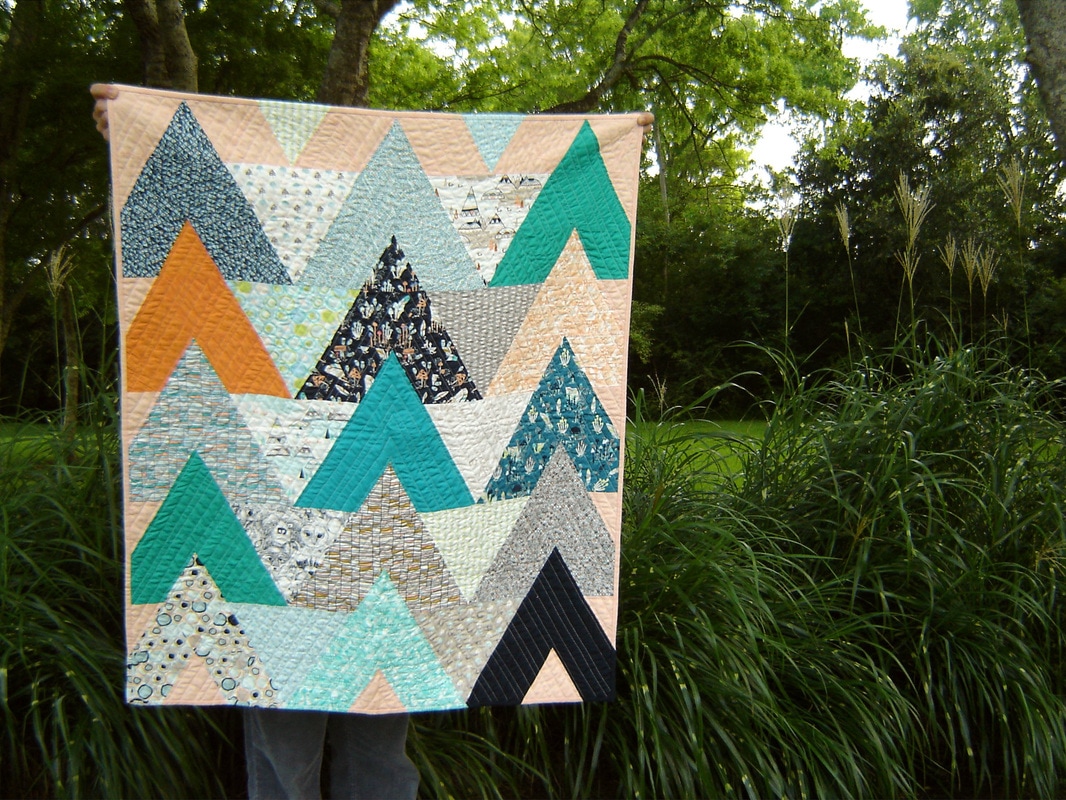
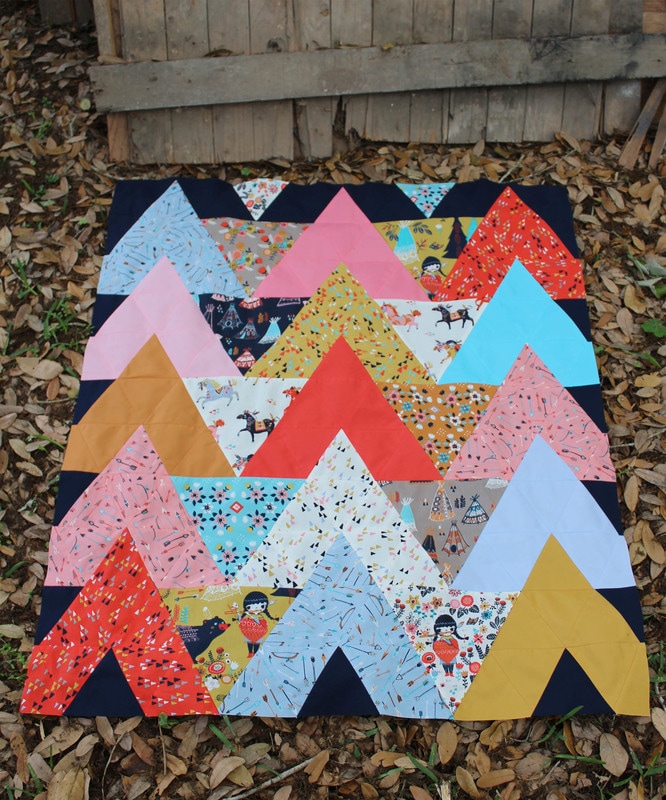
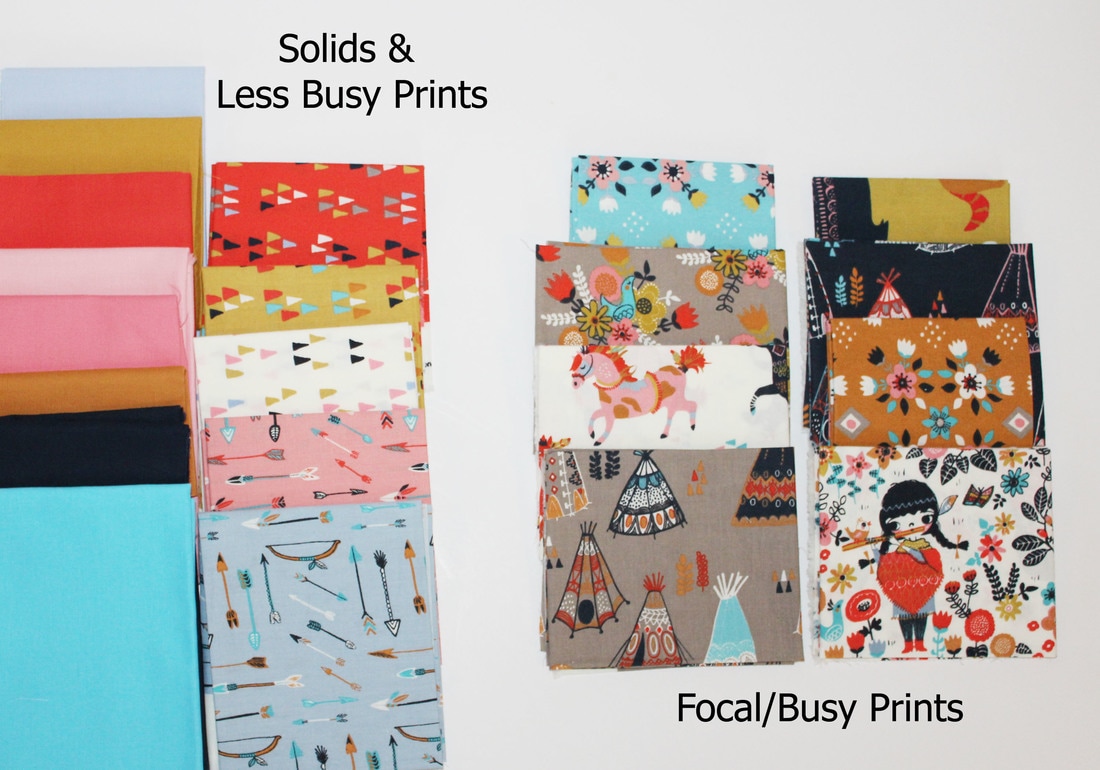
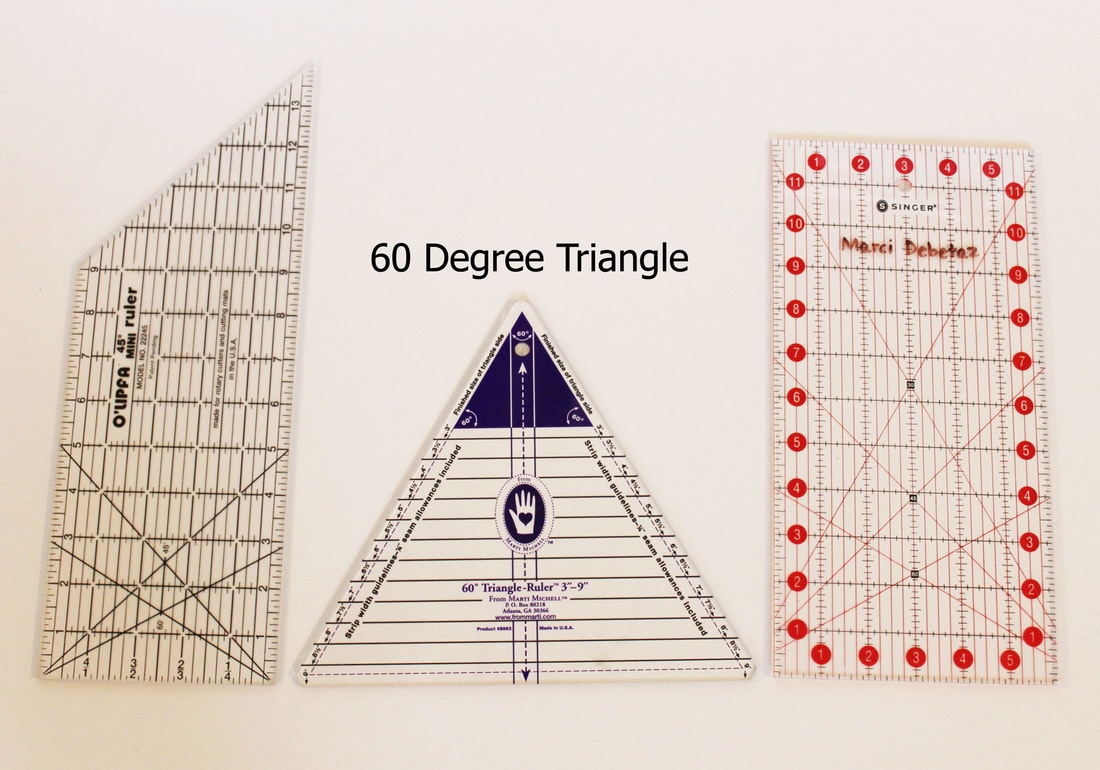
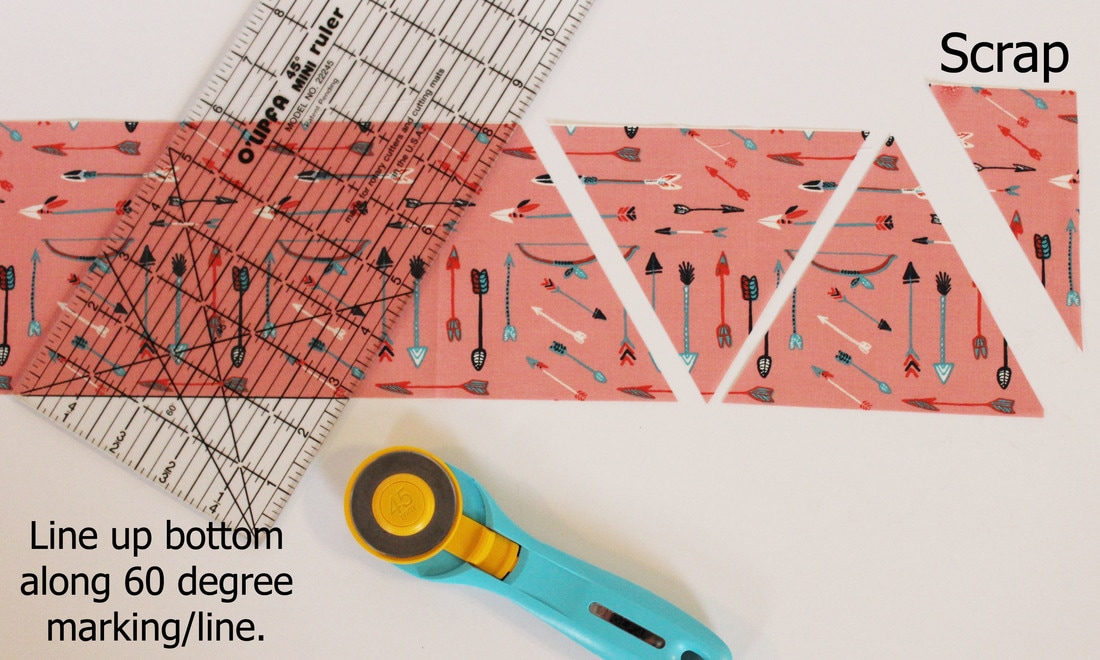
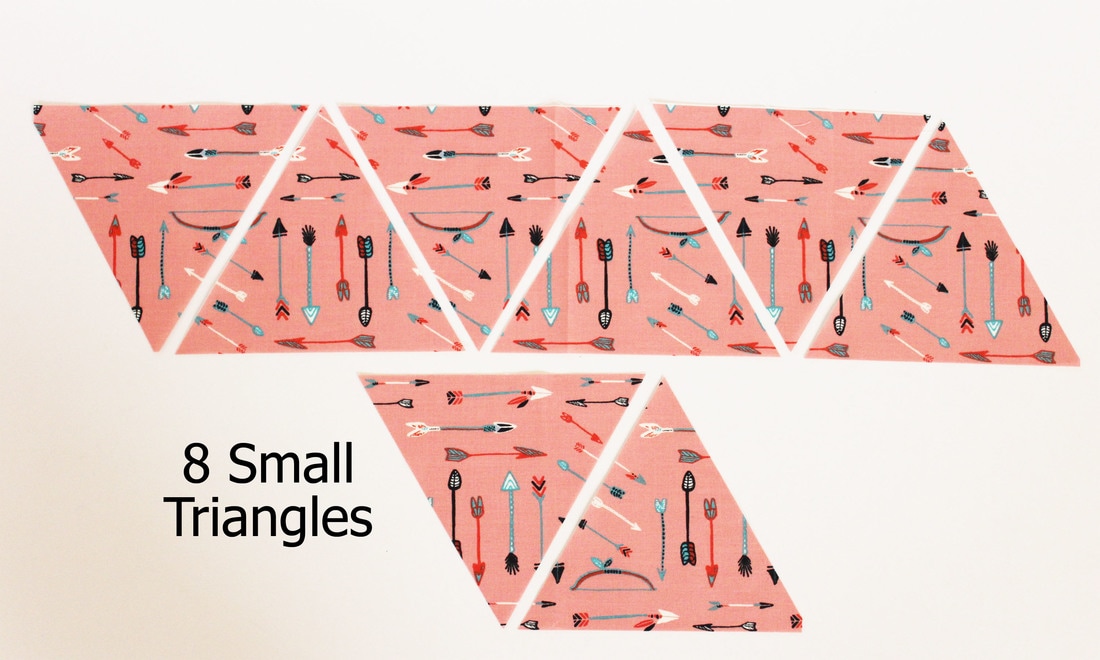
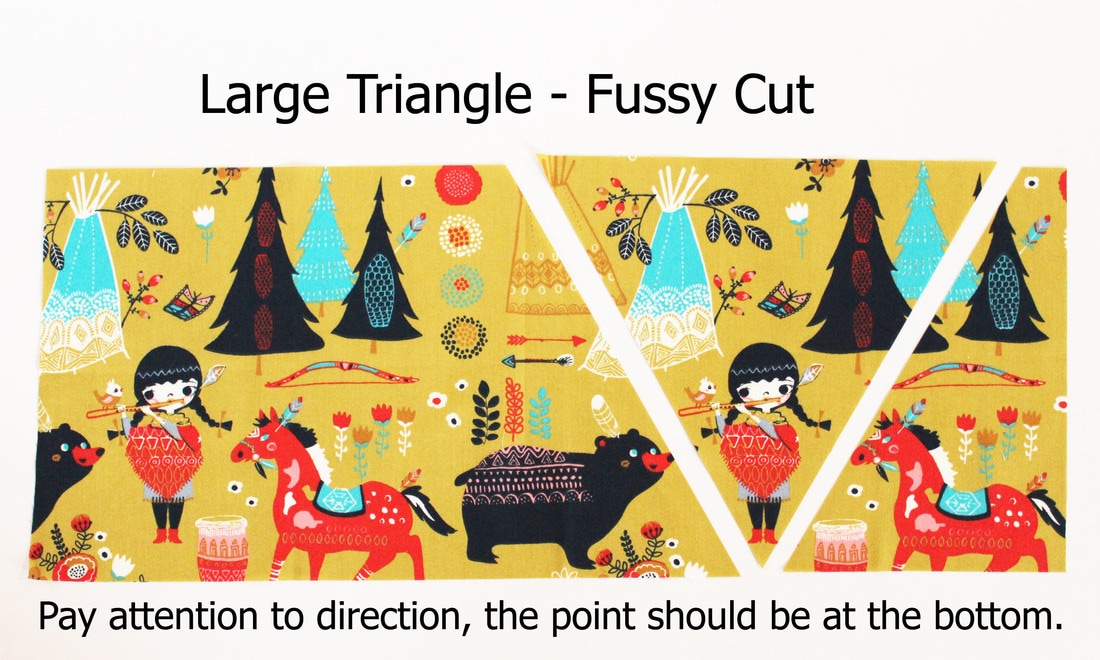
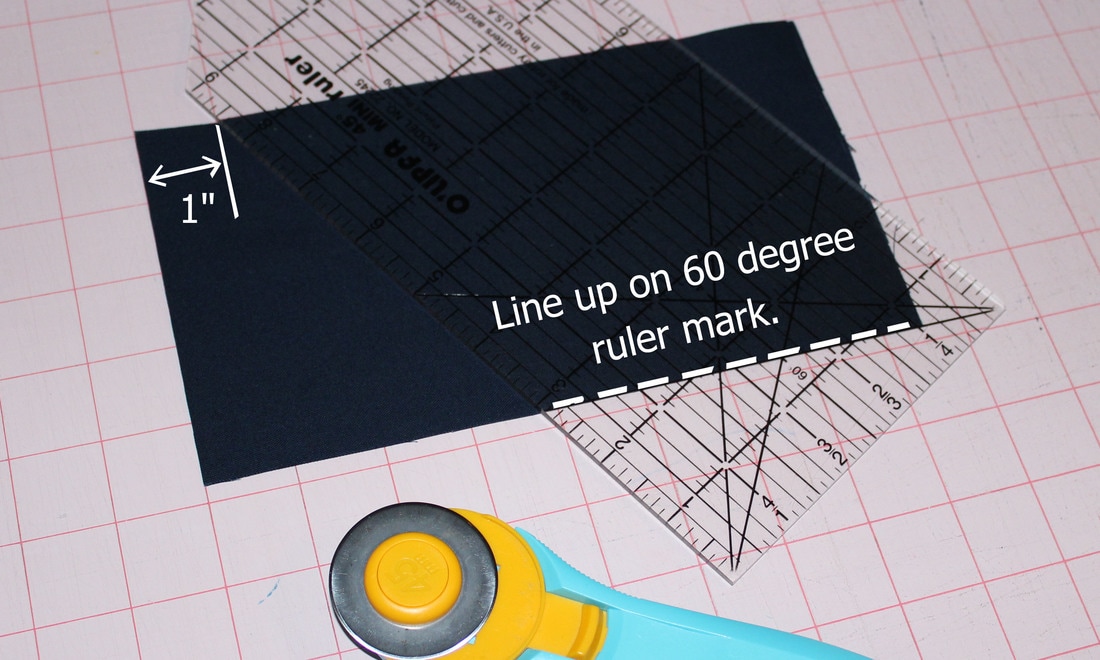
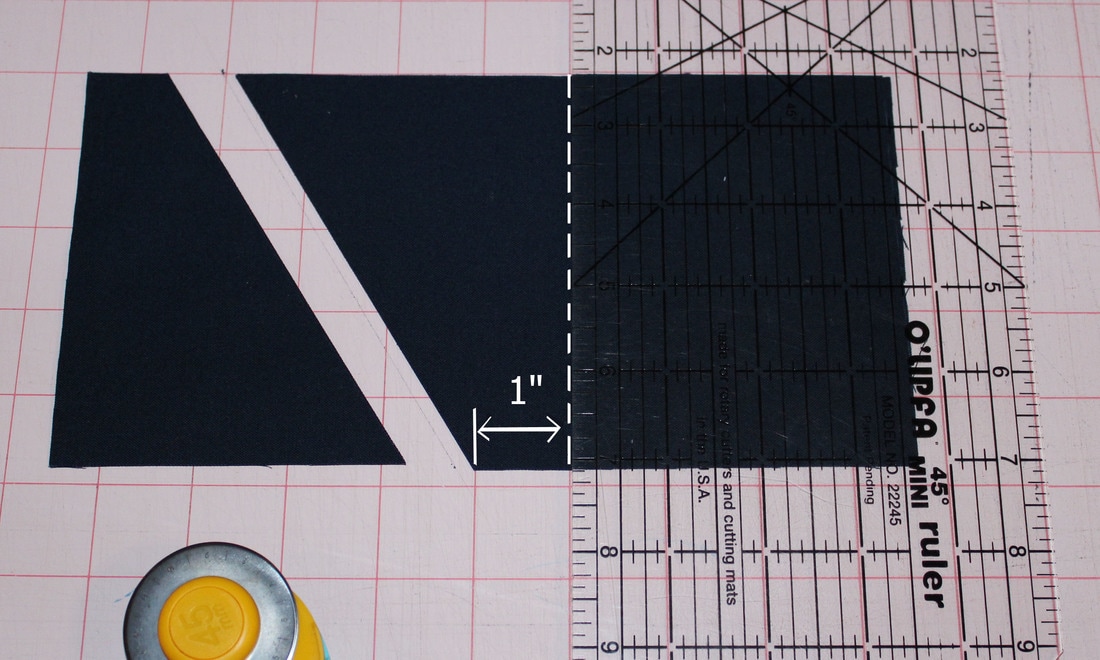
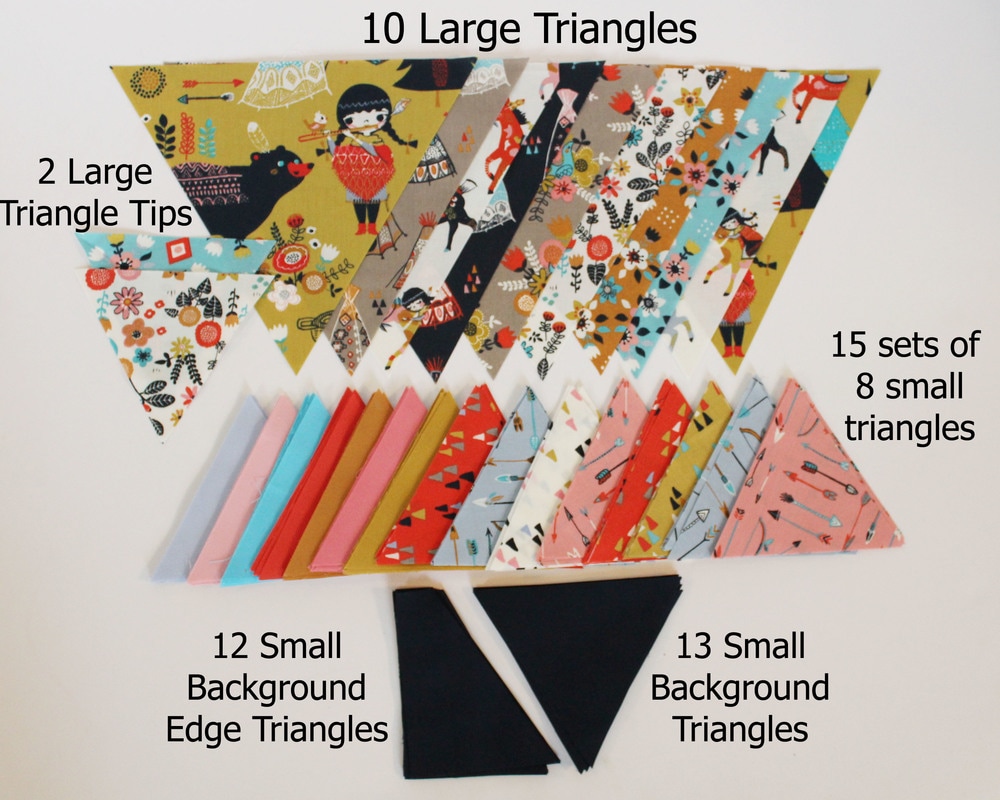
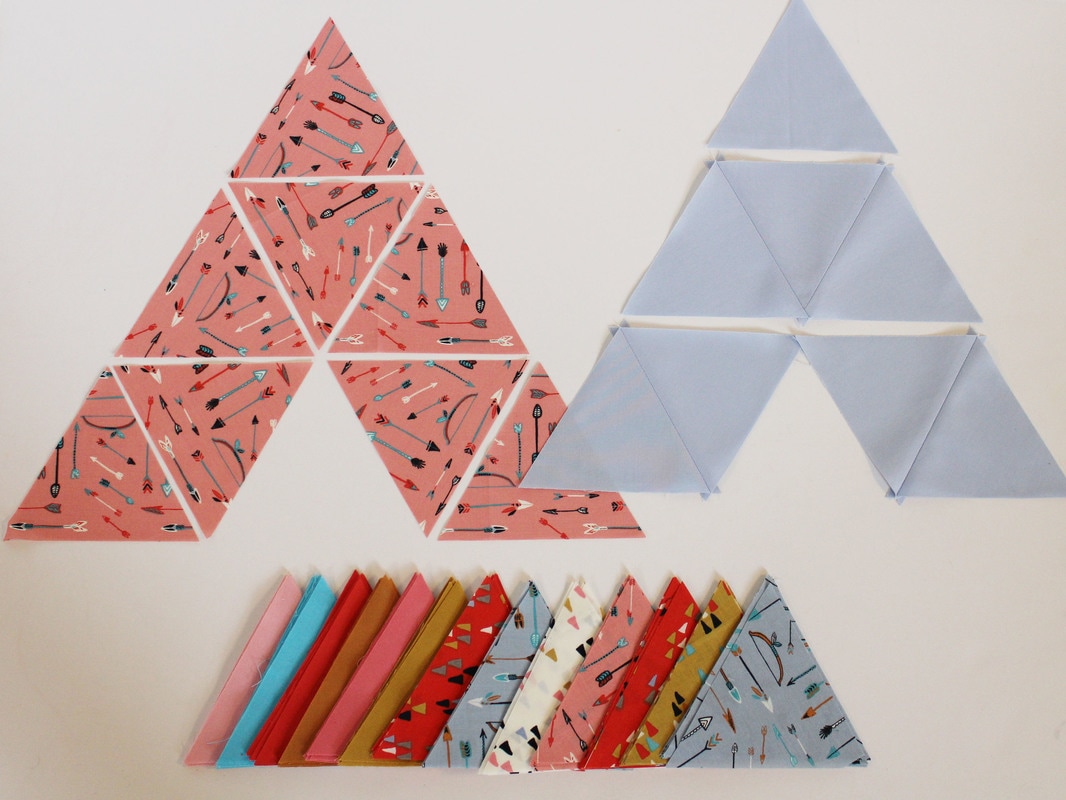
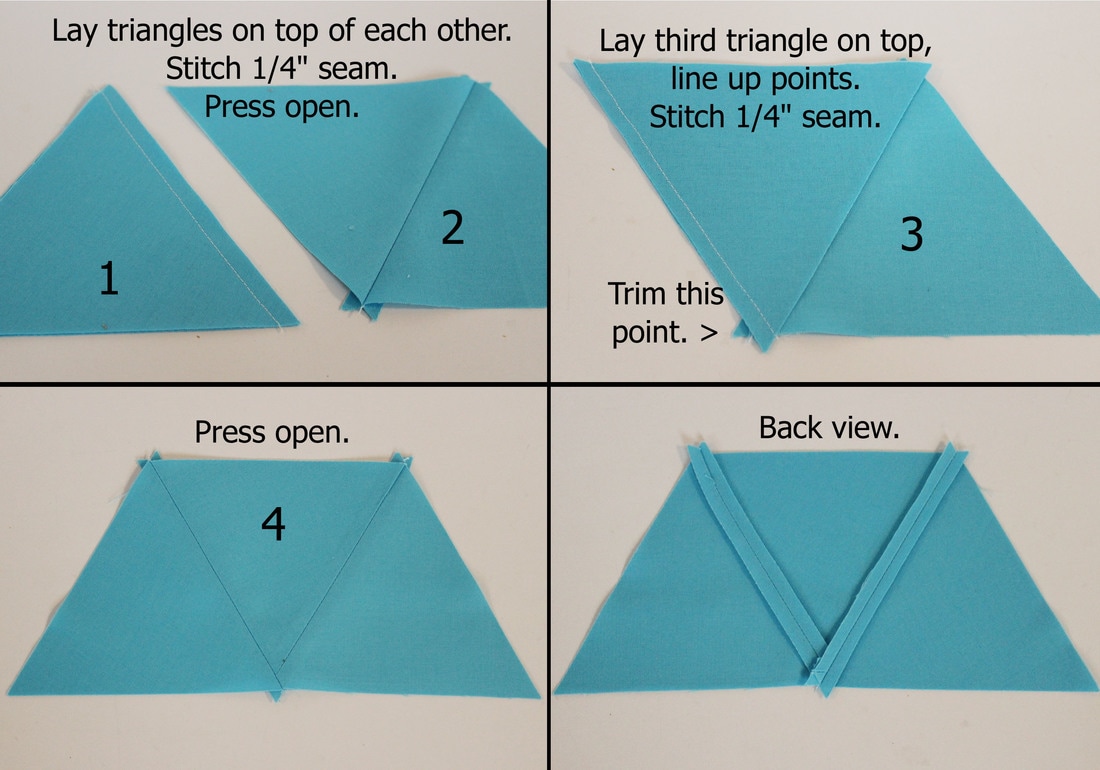
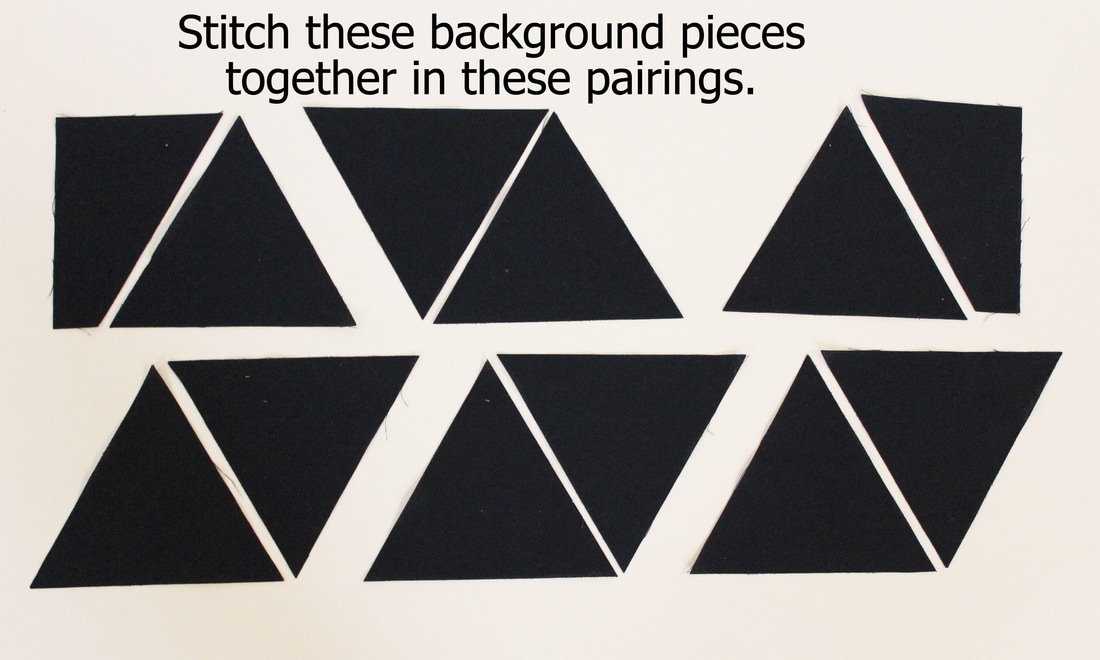
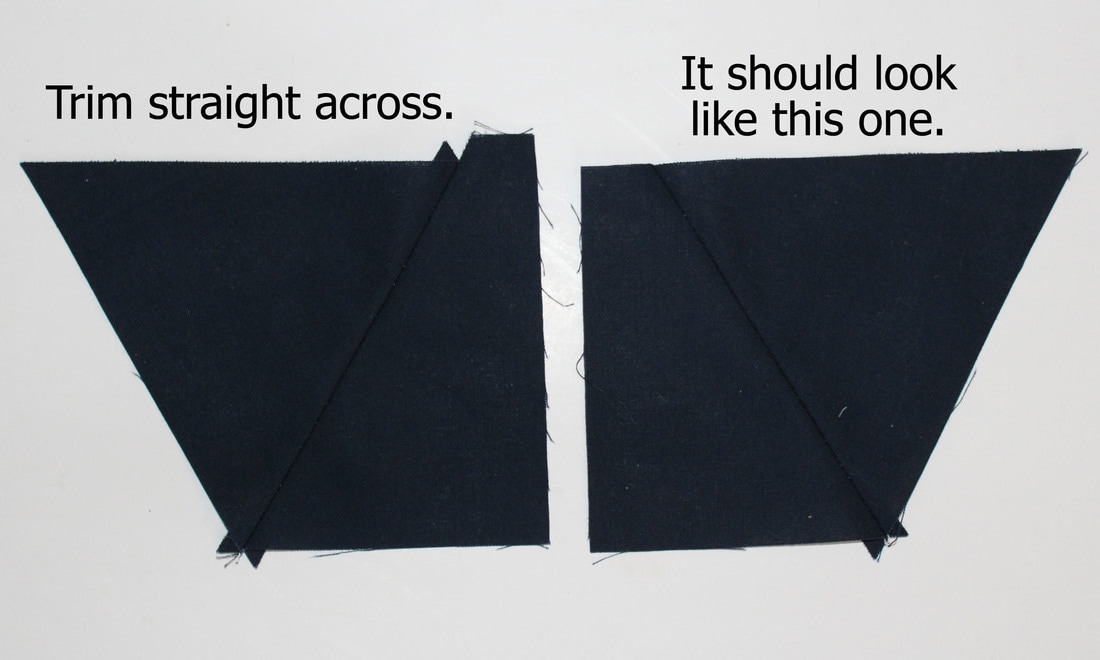
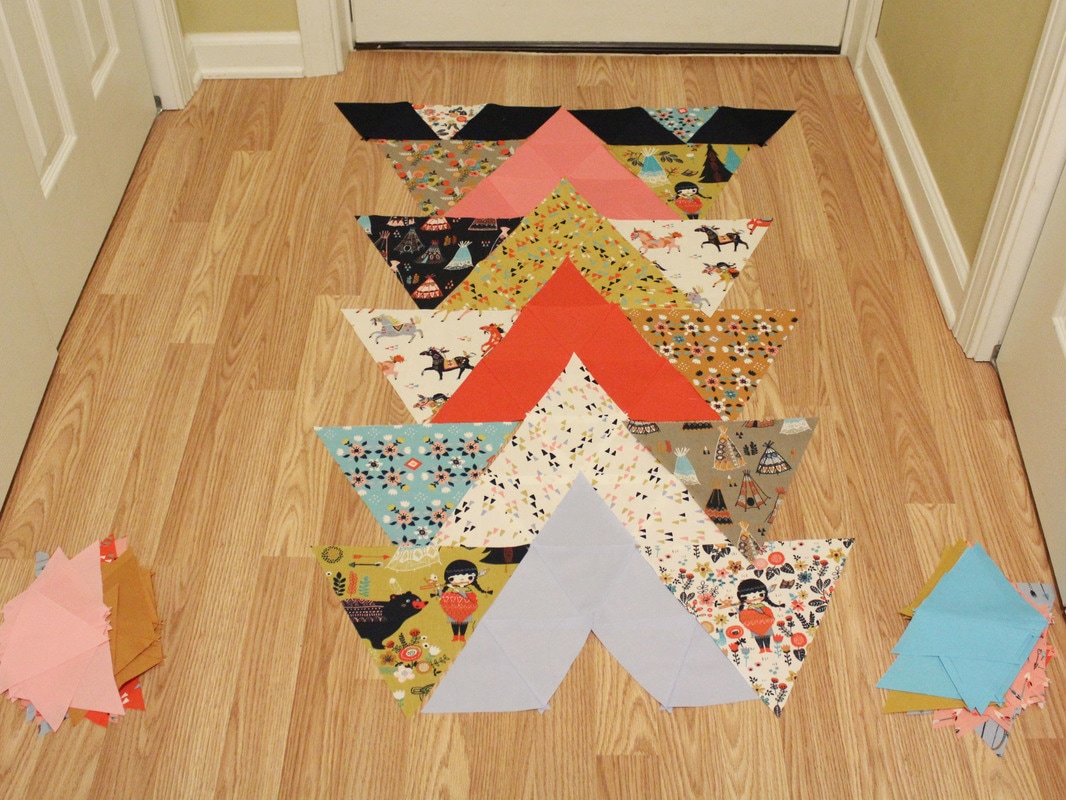
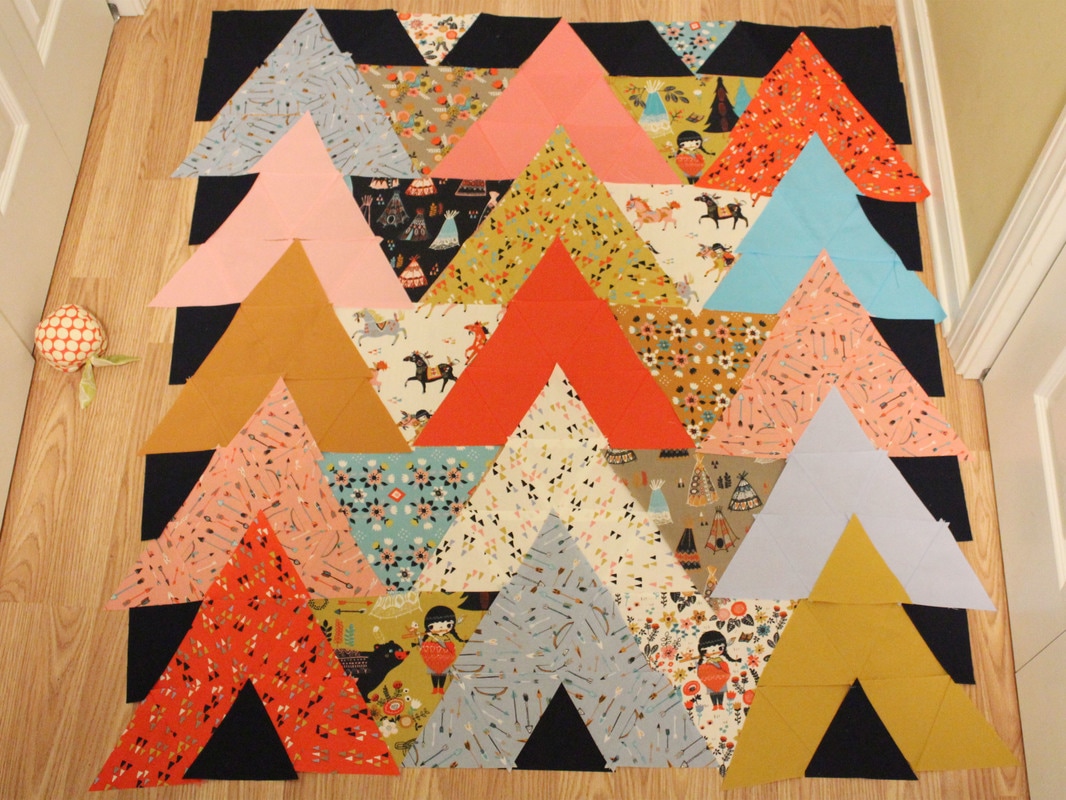
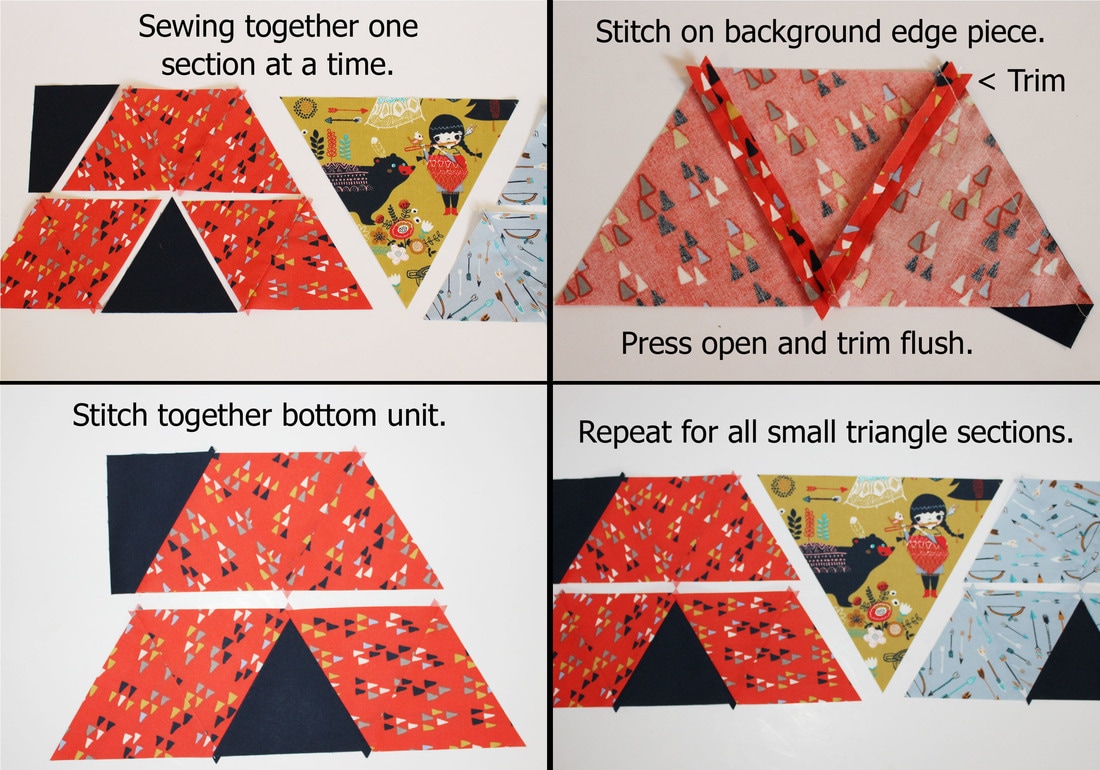
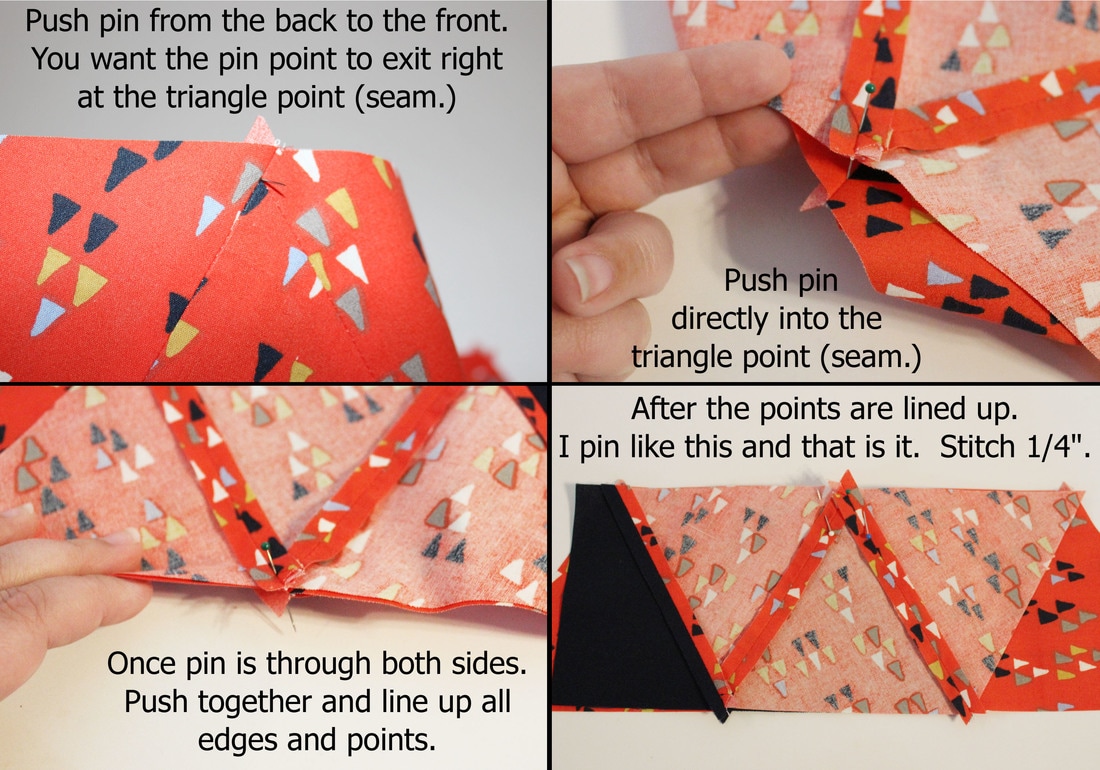
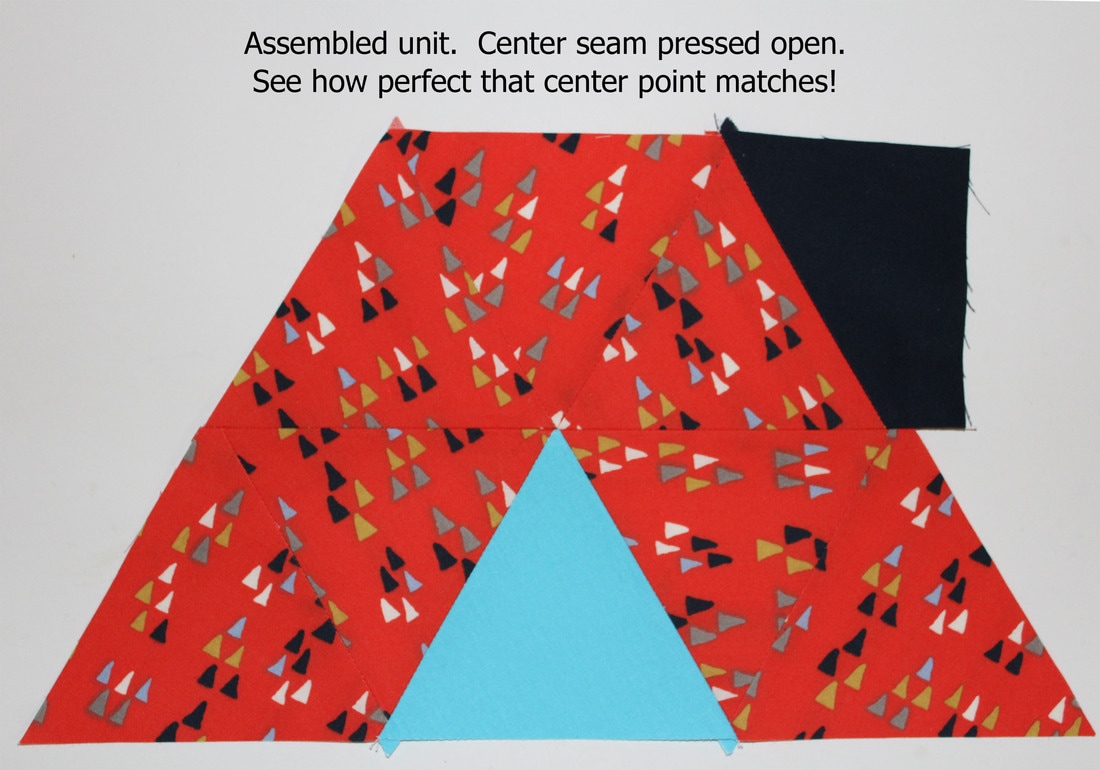
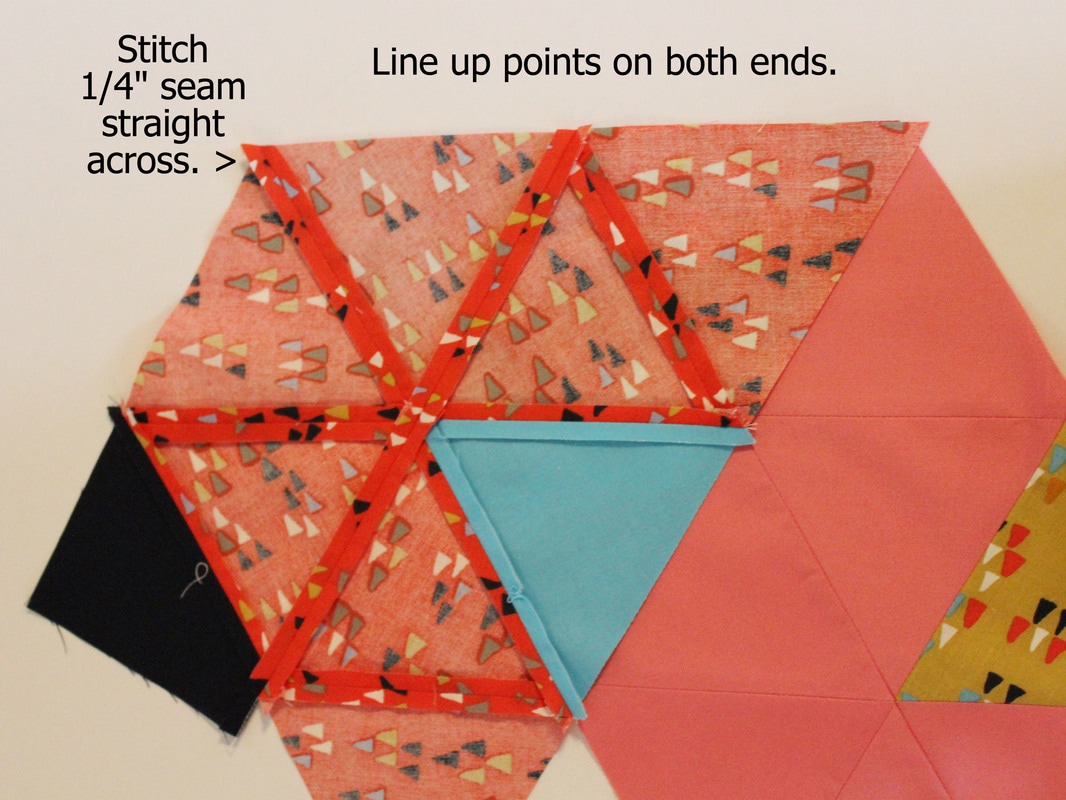
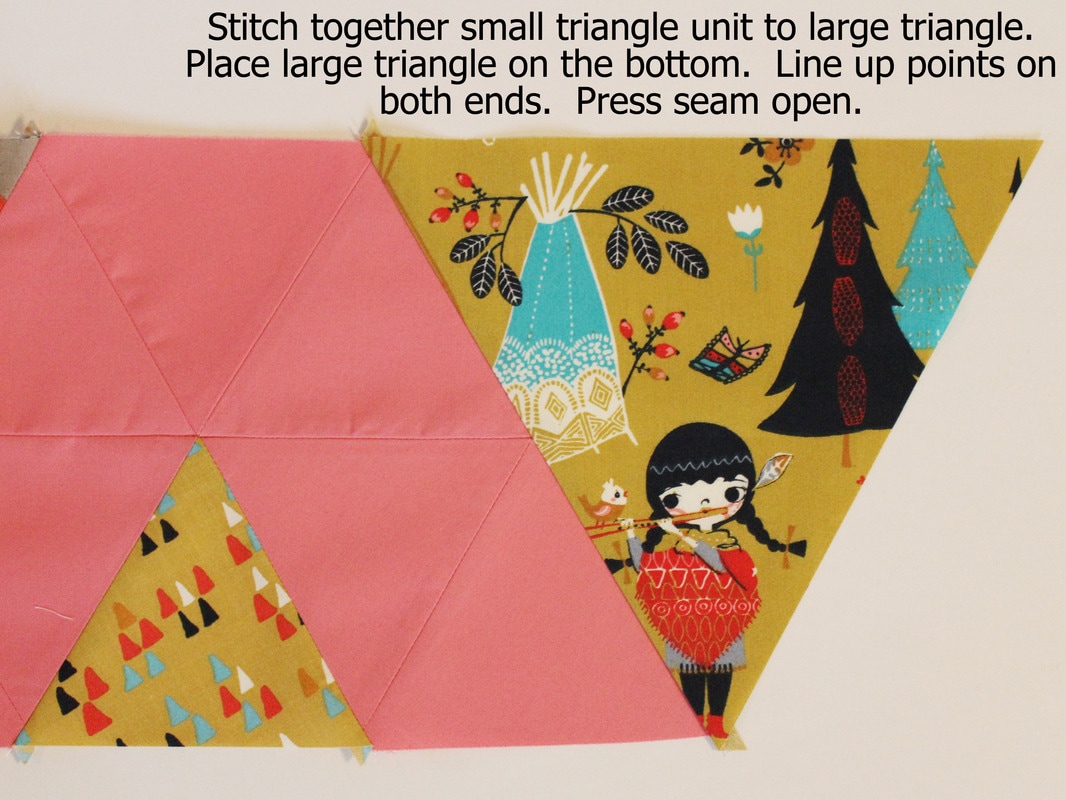
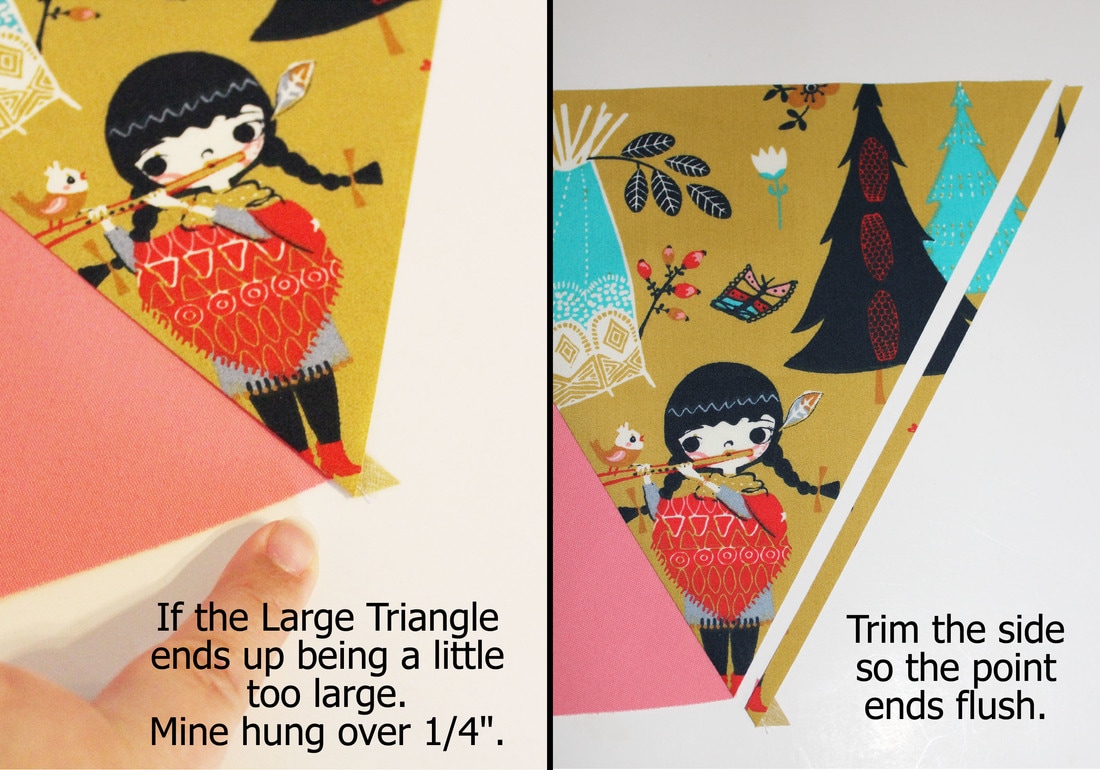
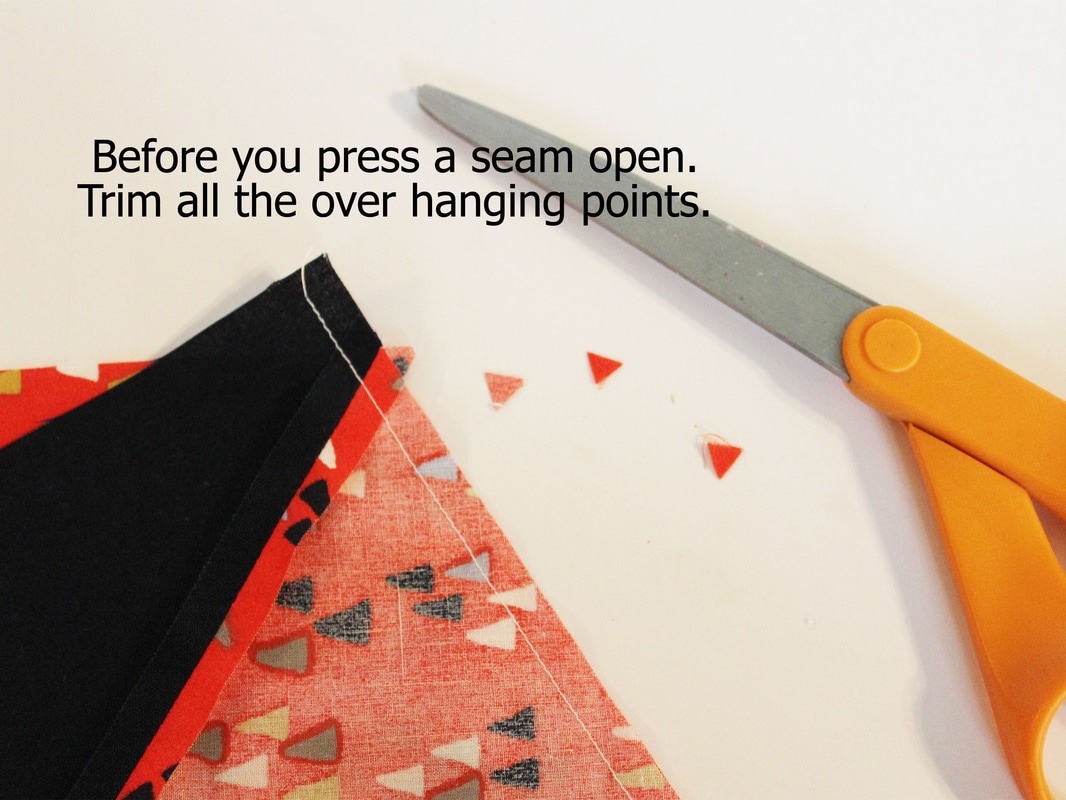
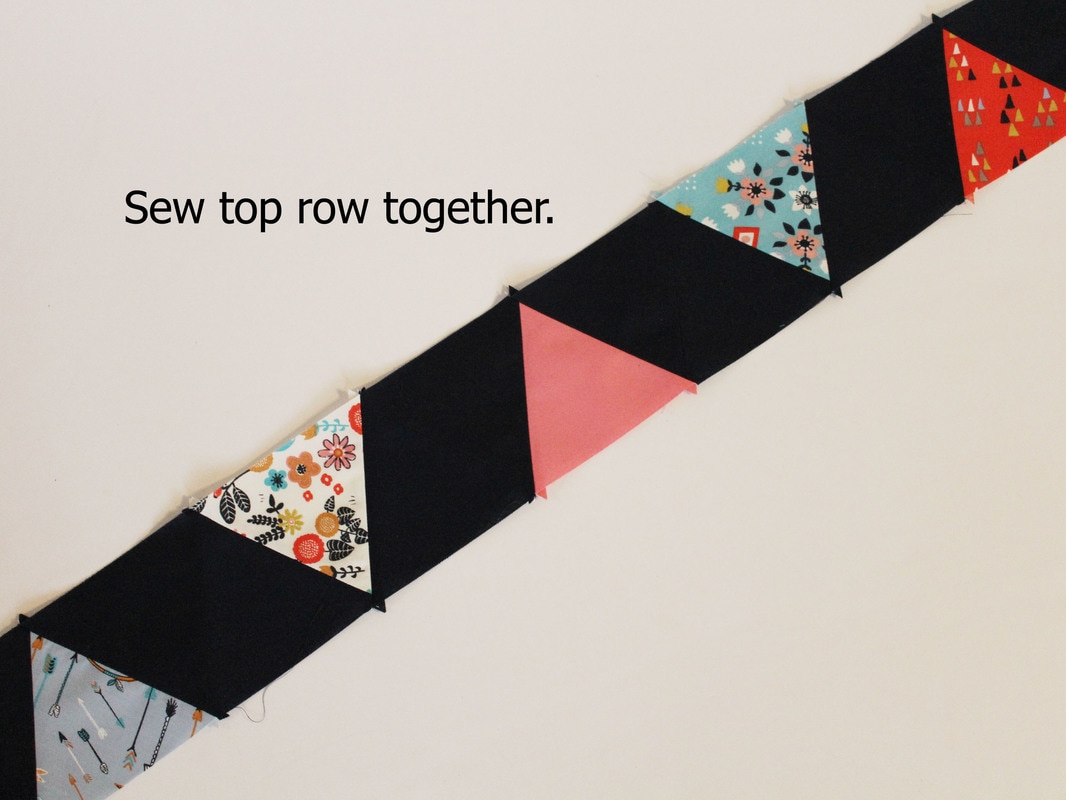
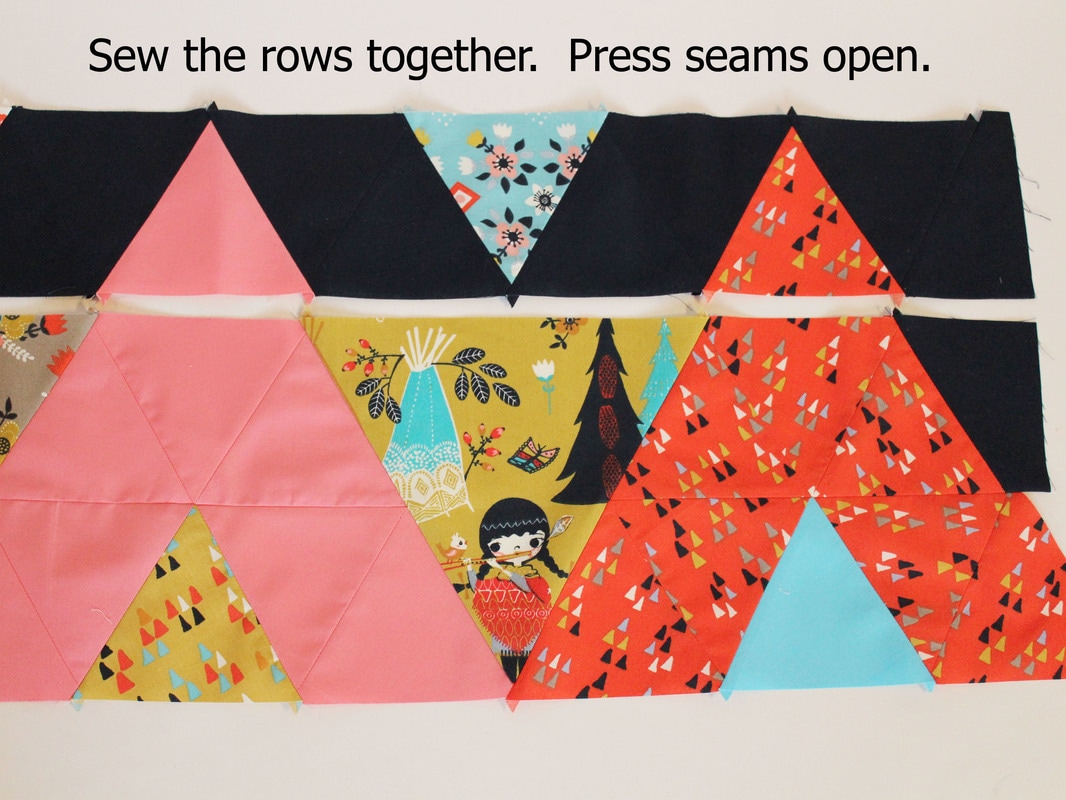
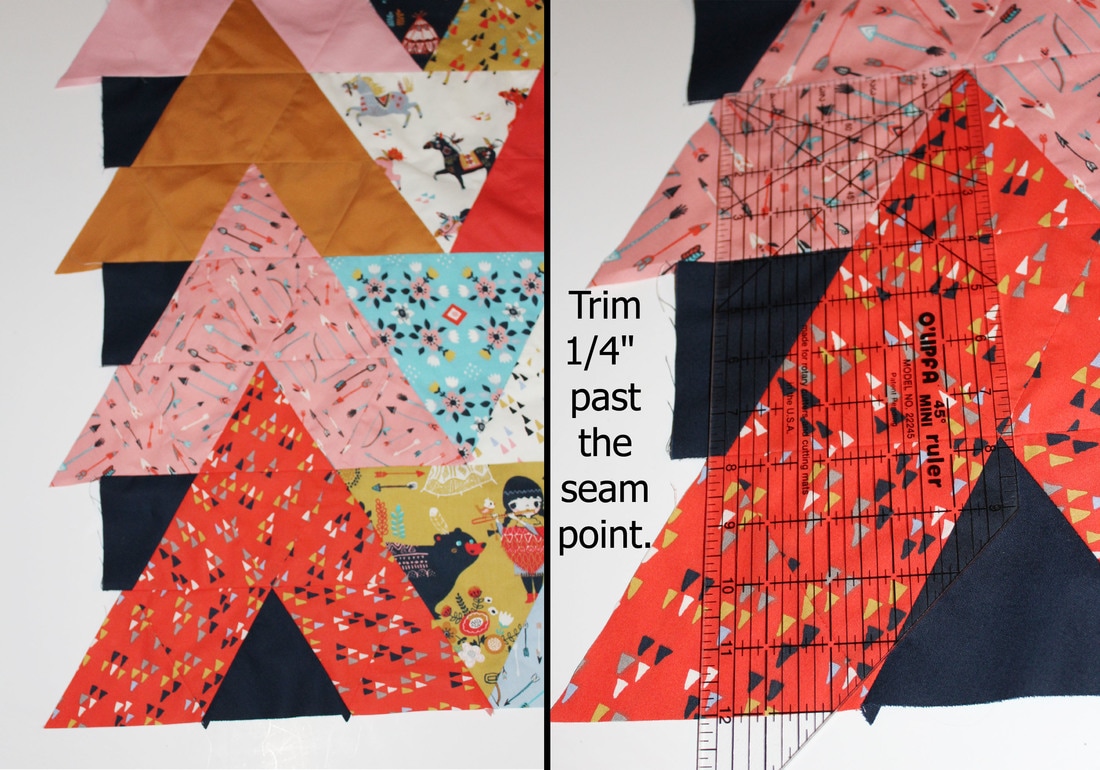
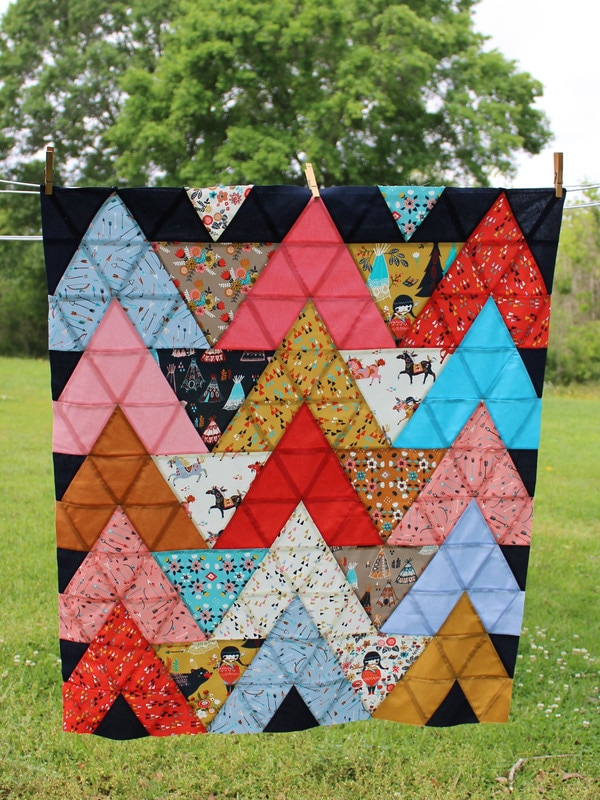
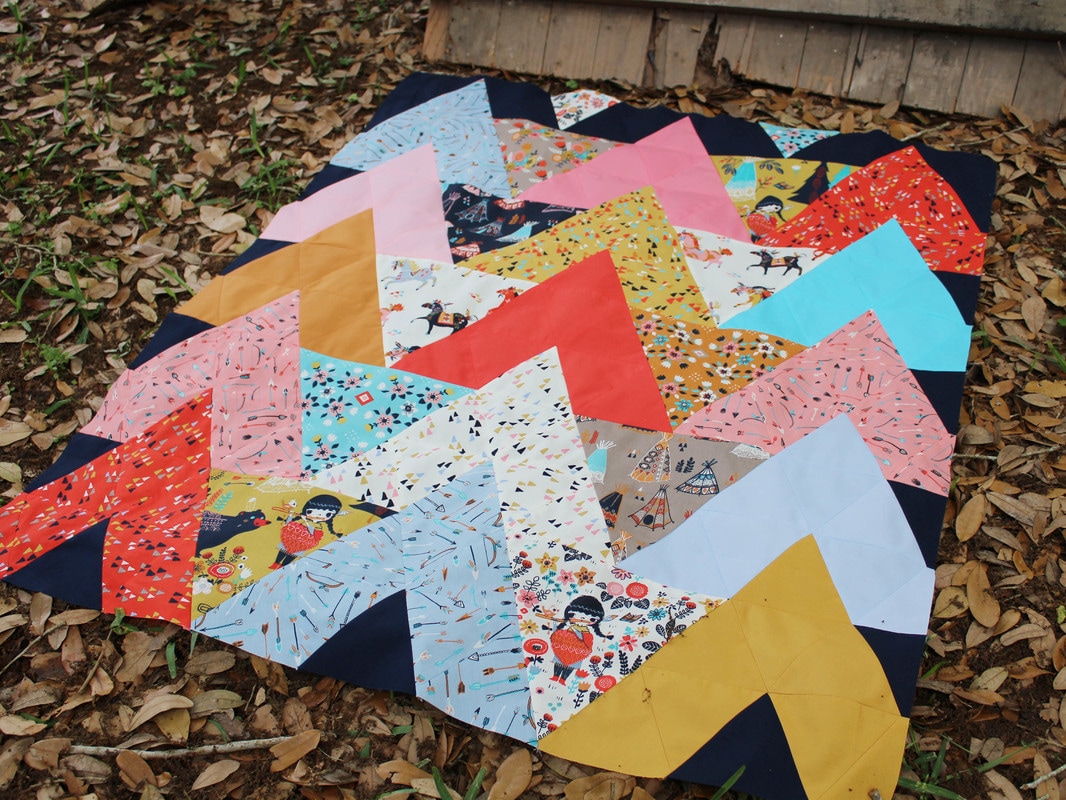
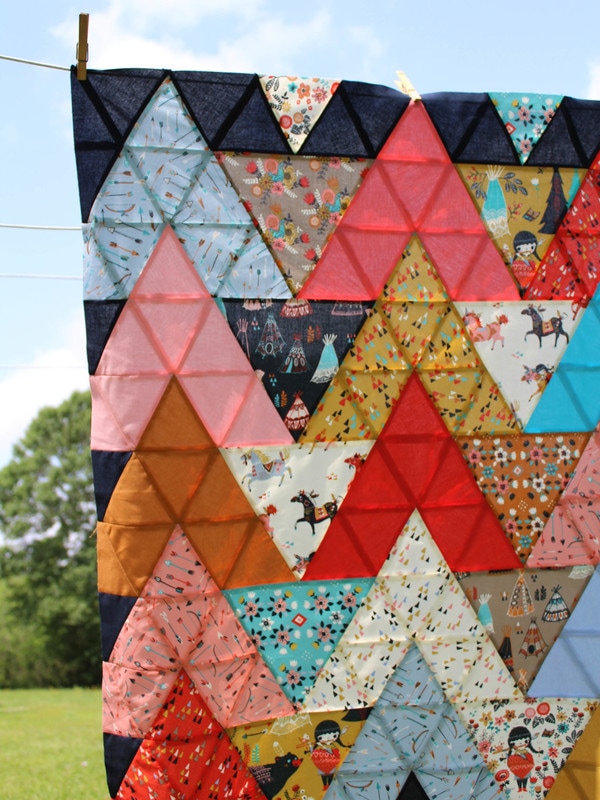

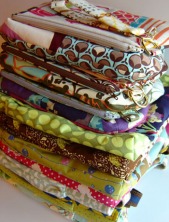
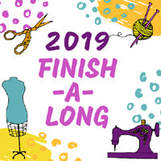

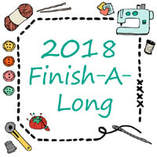
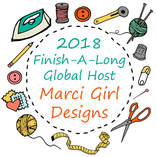
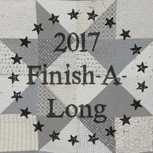

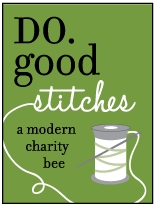
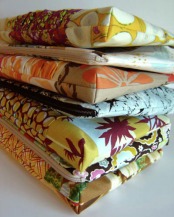
 RSS Feed
RSS Feed
